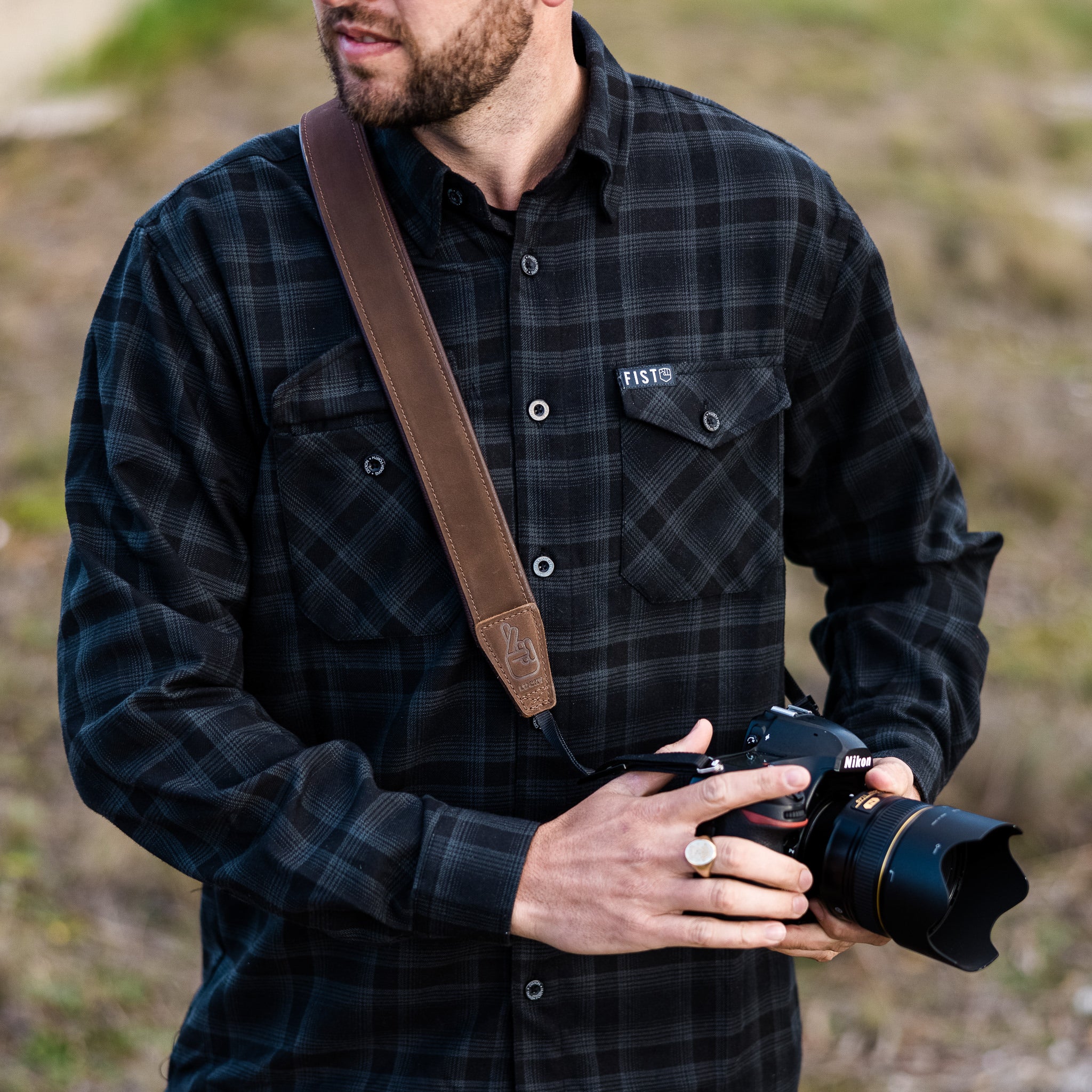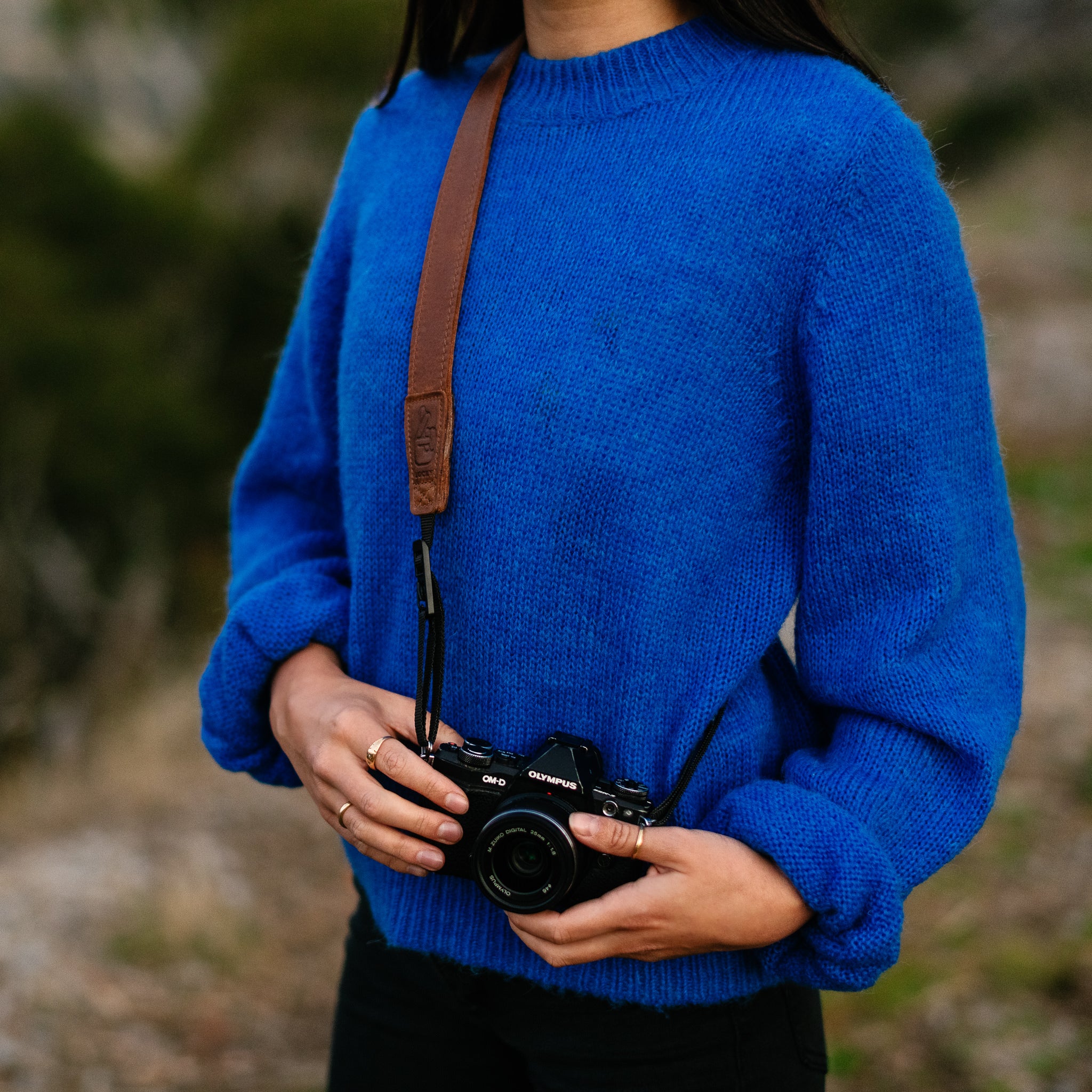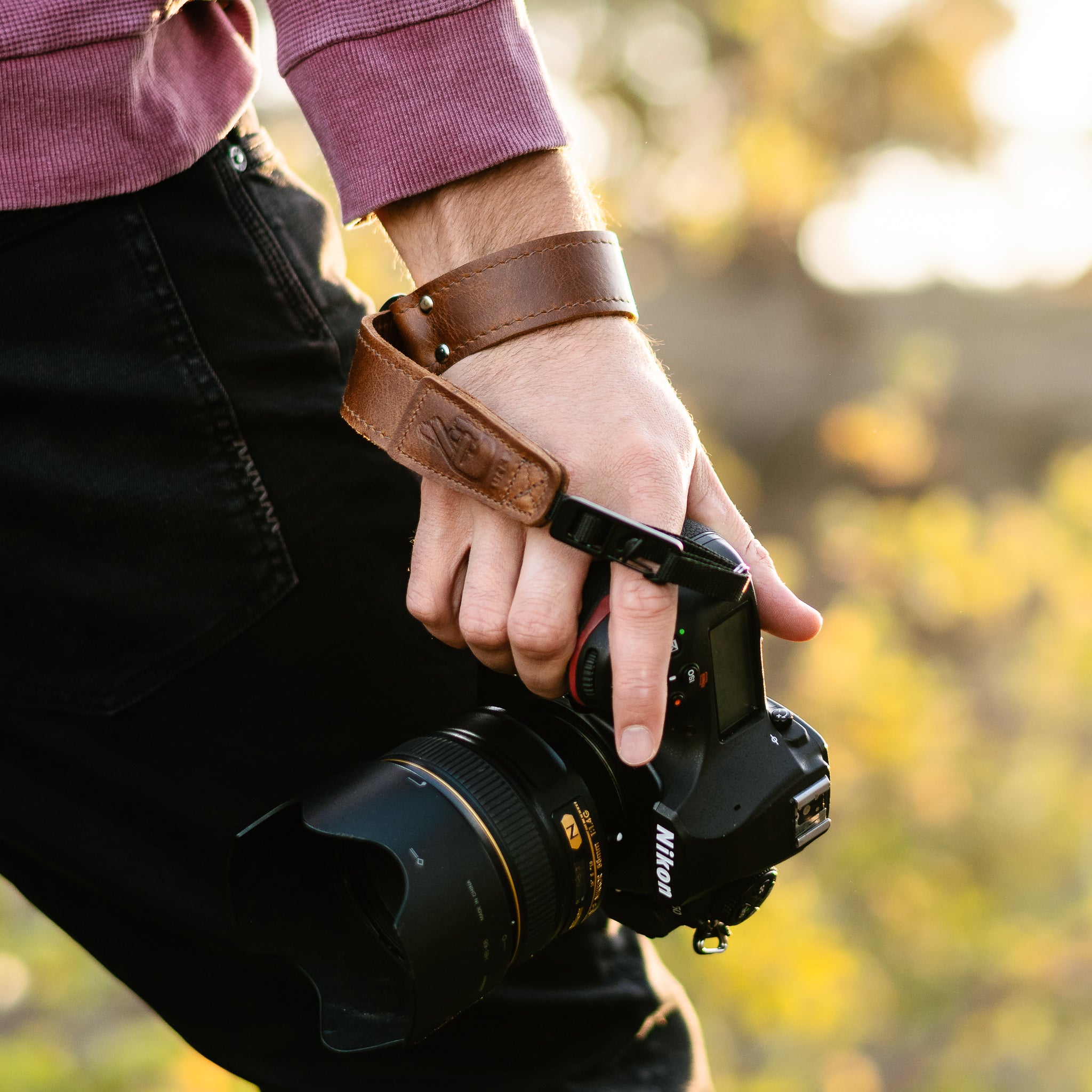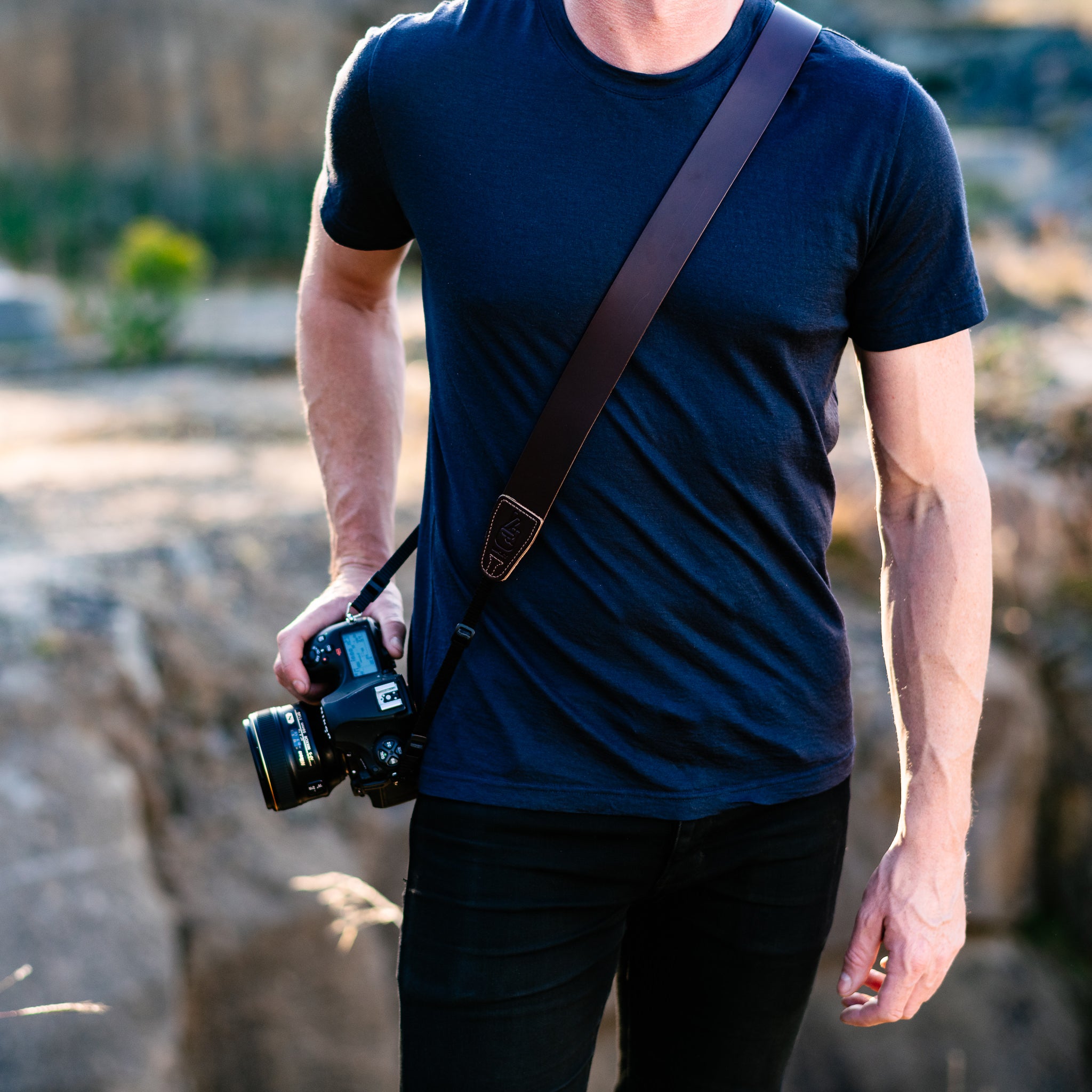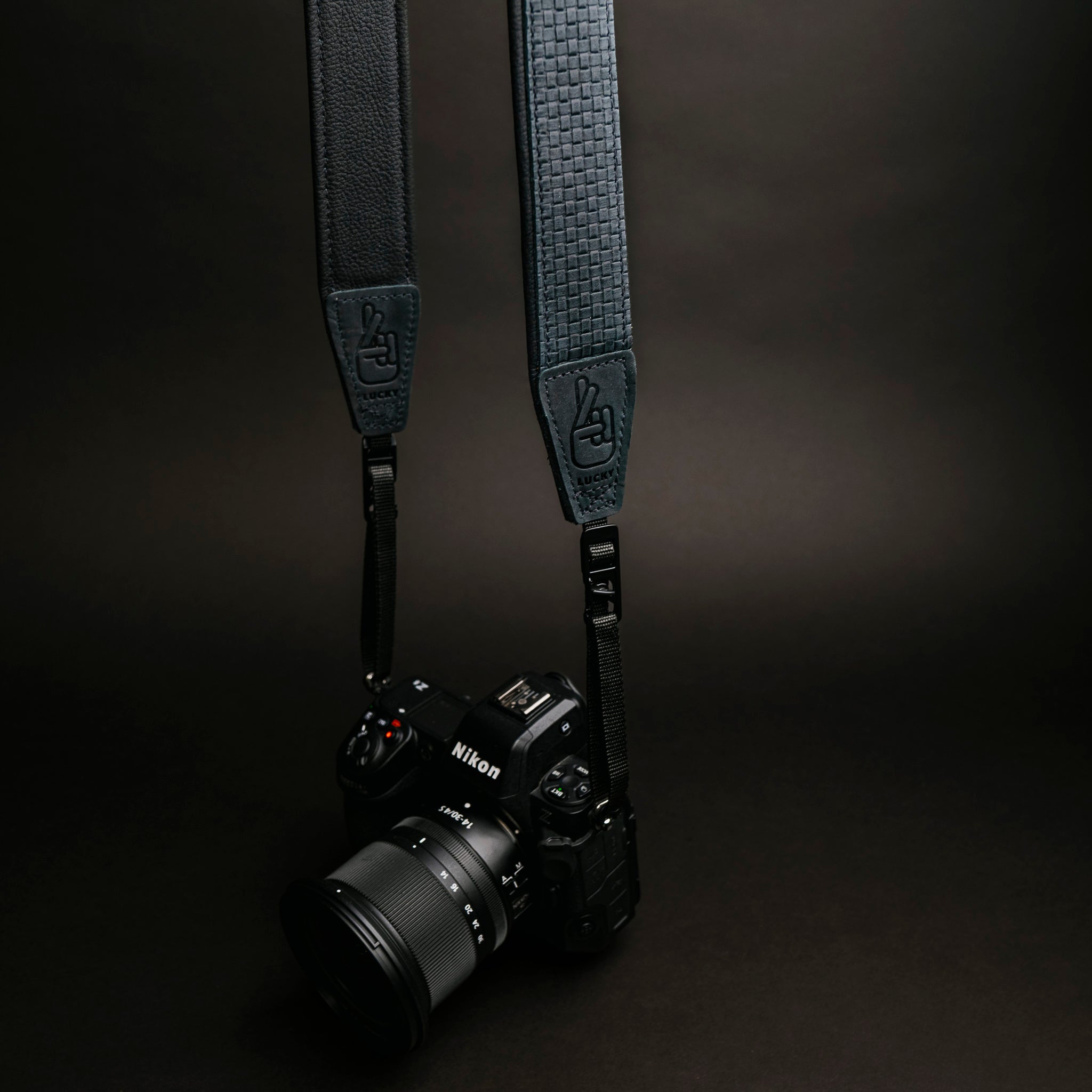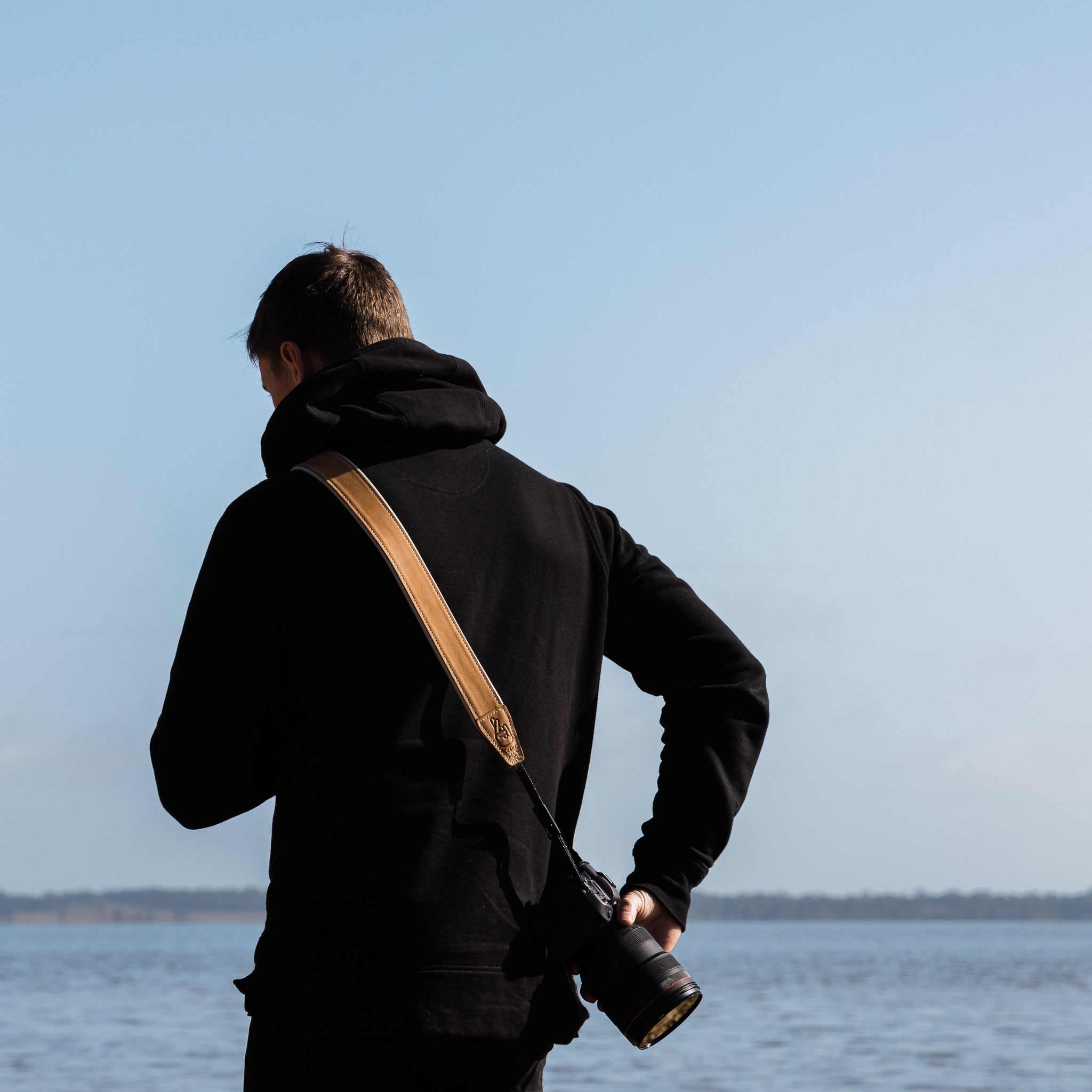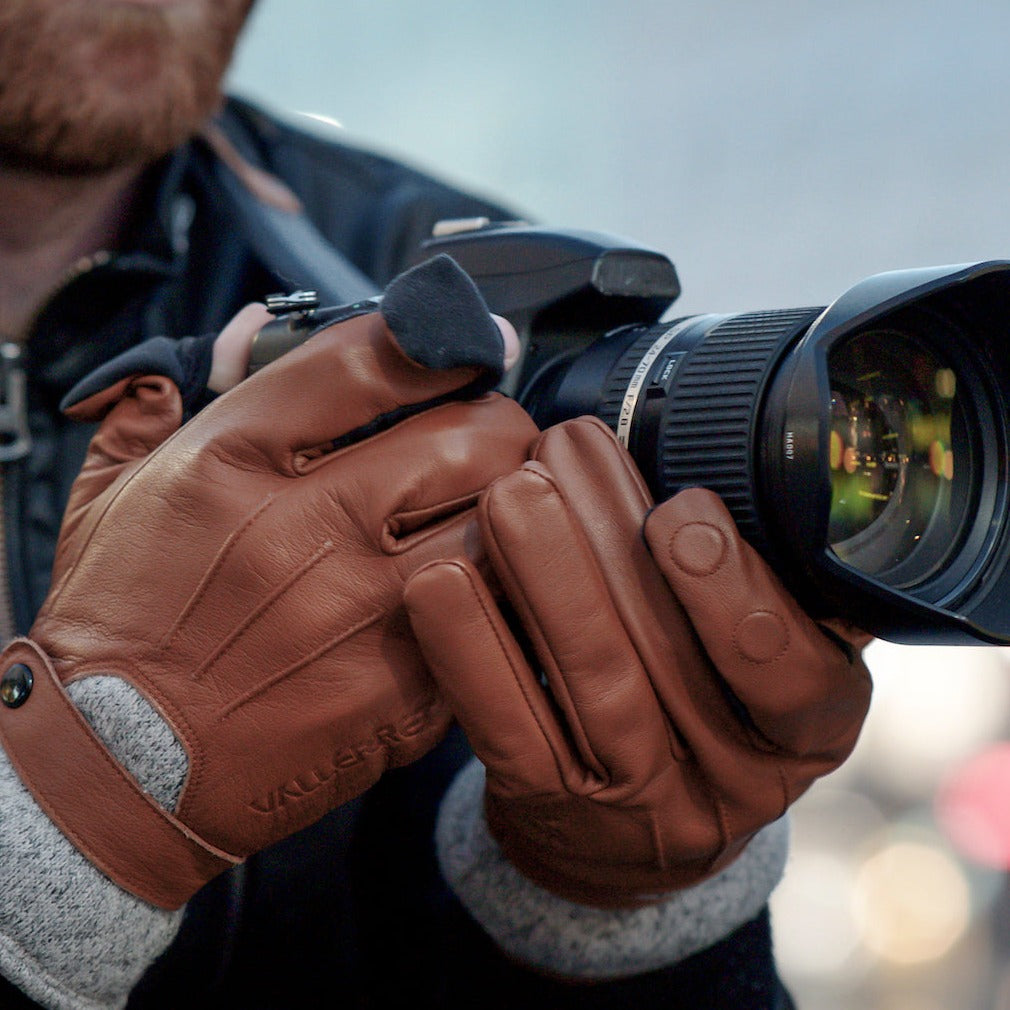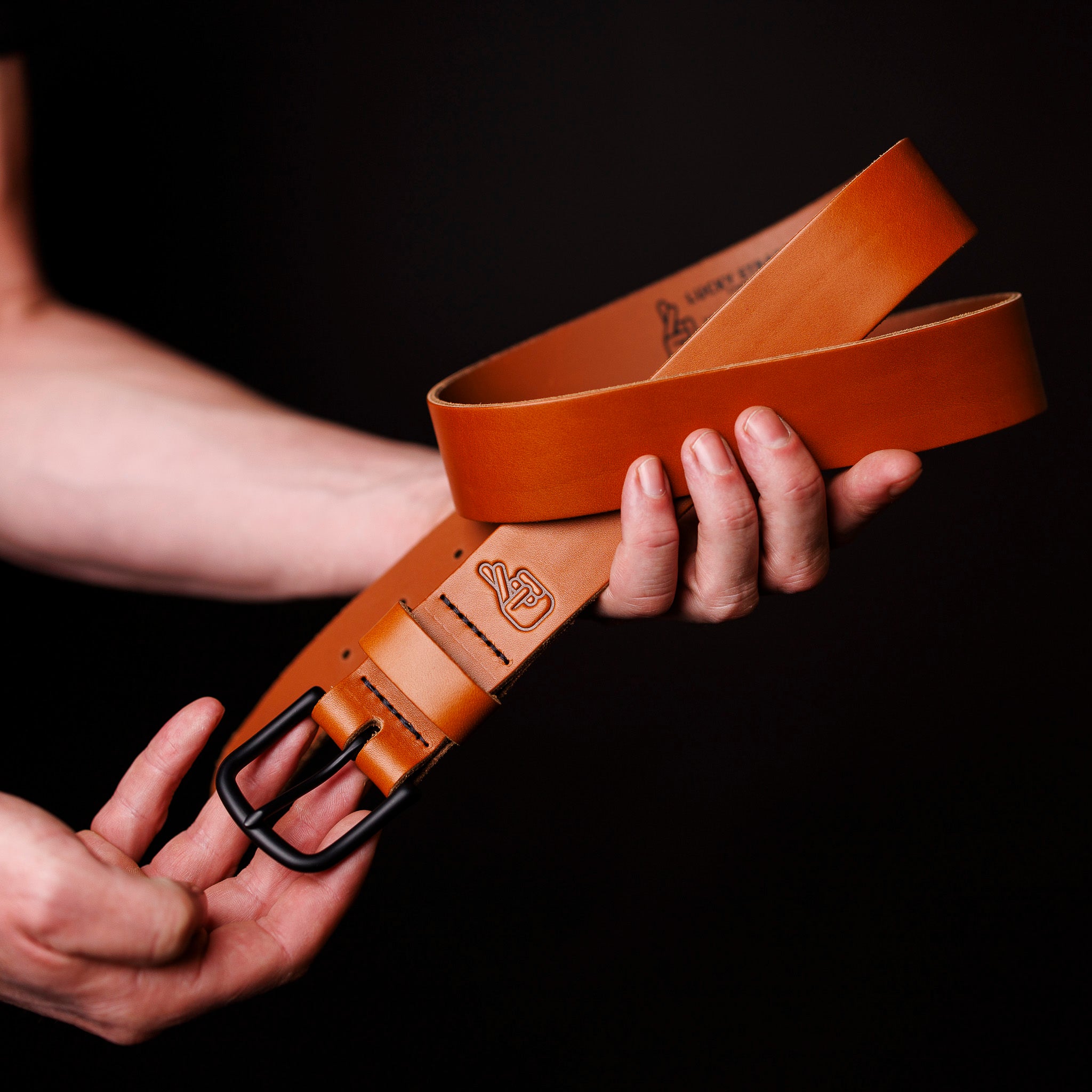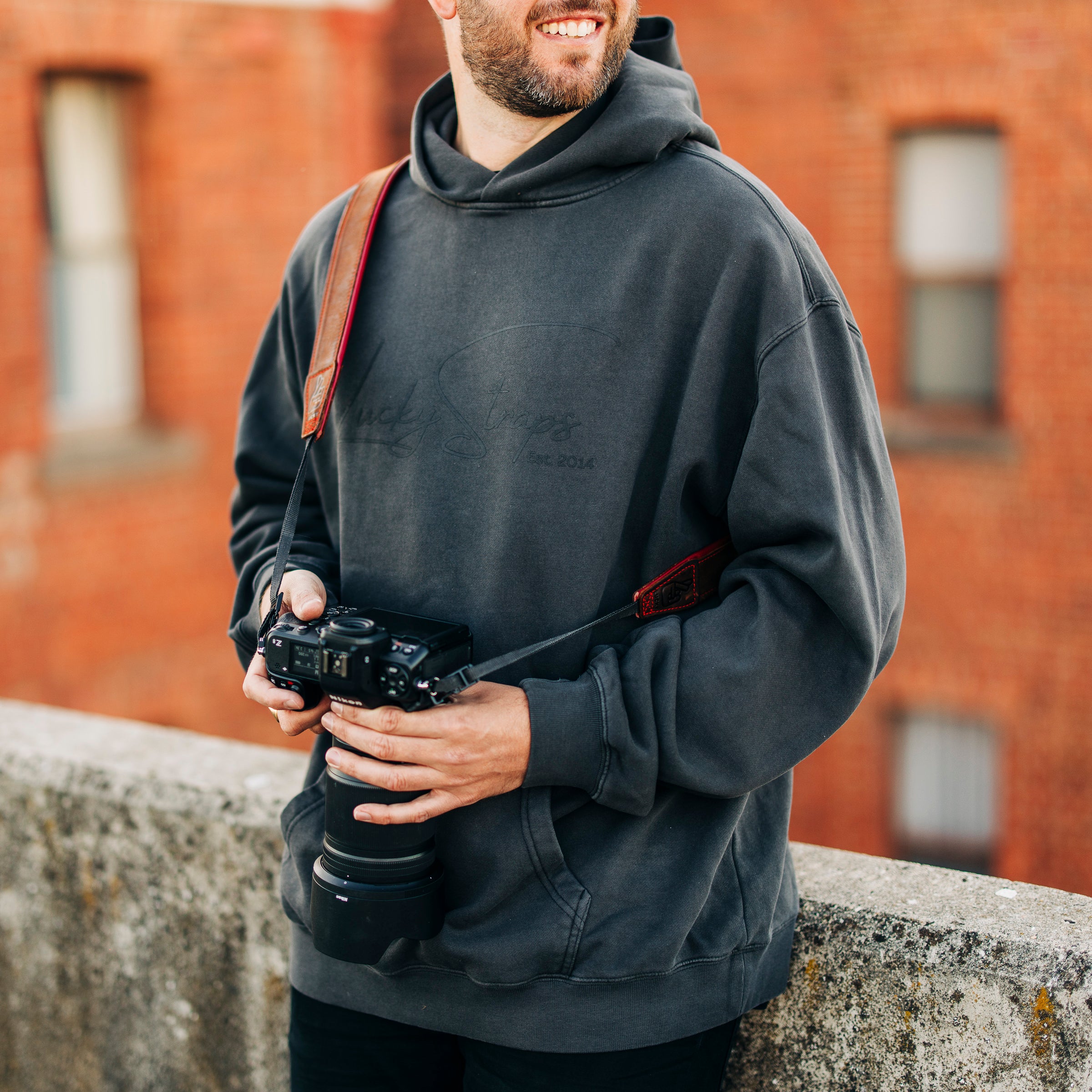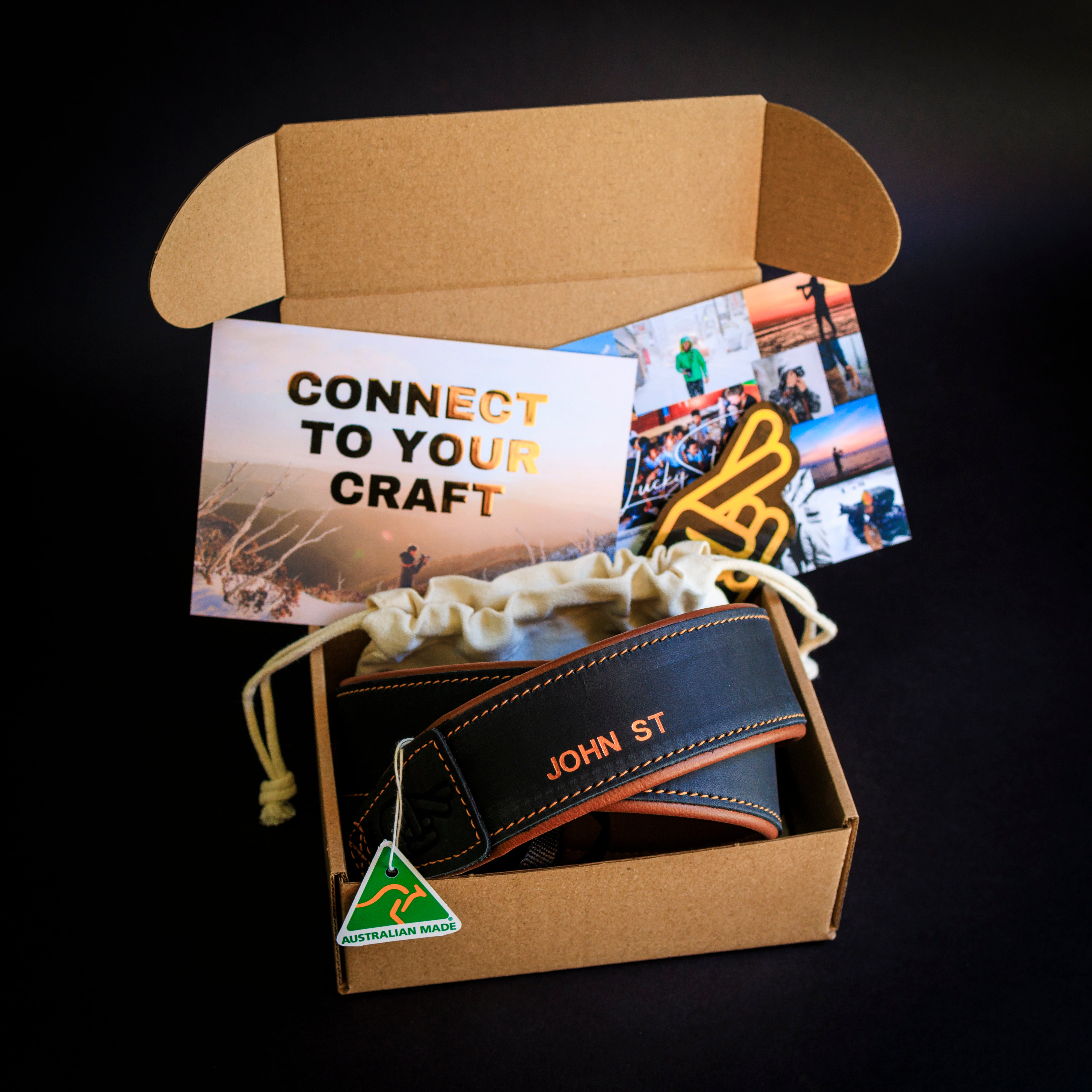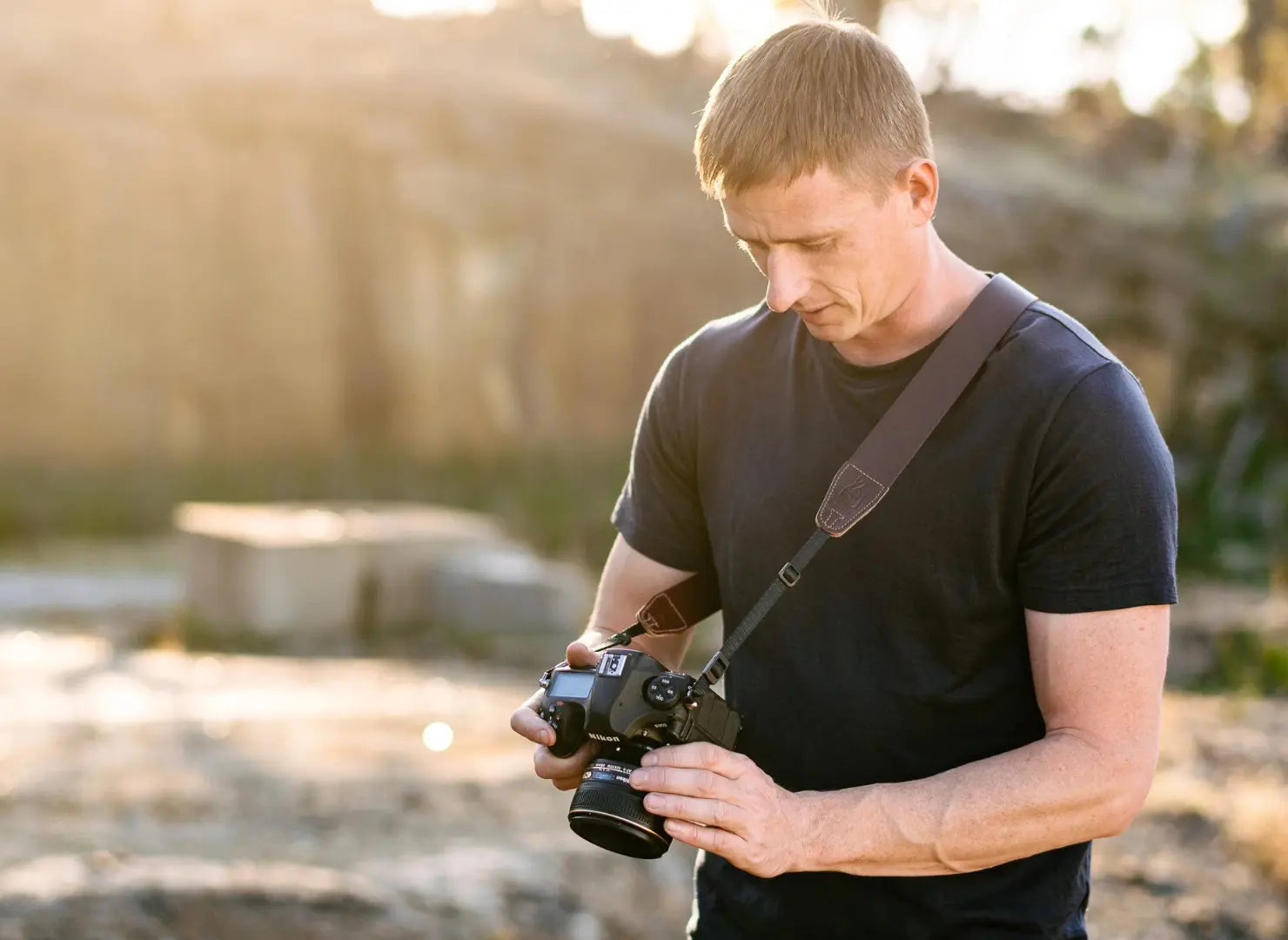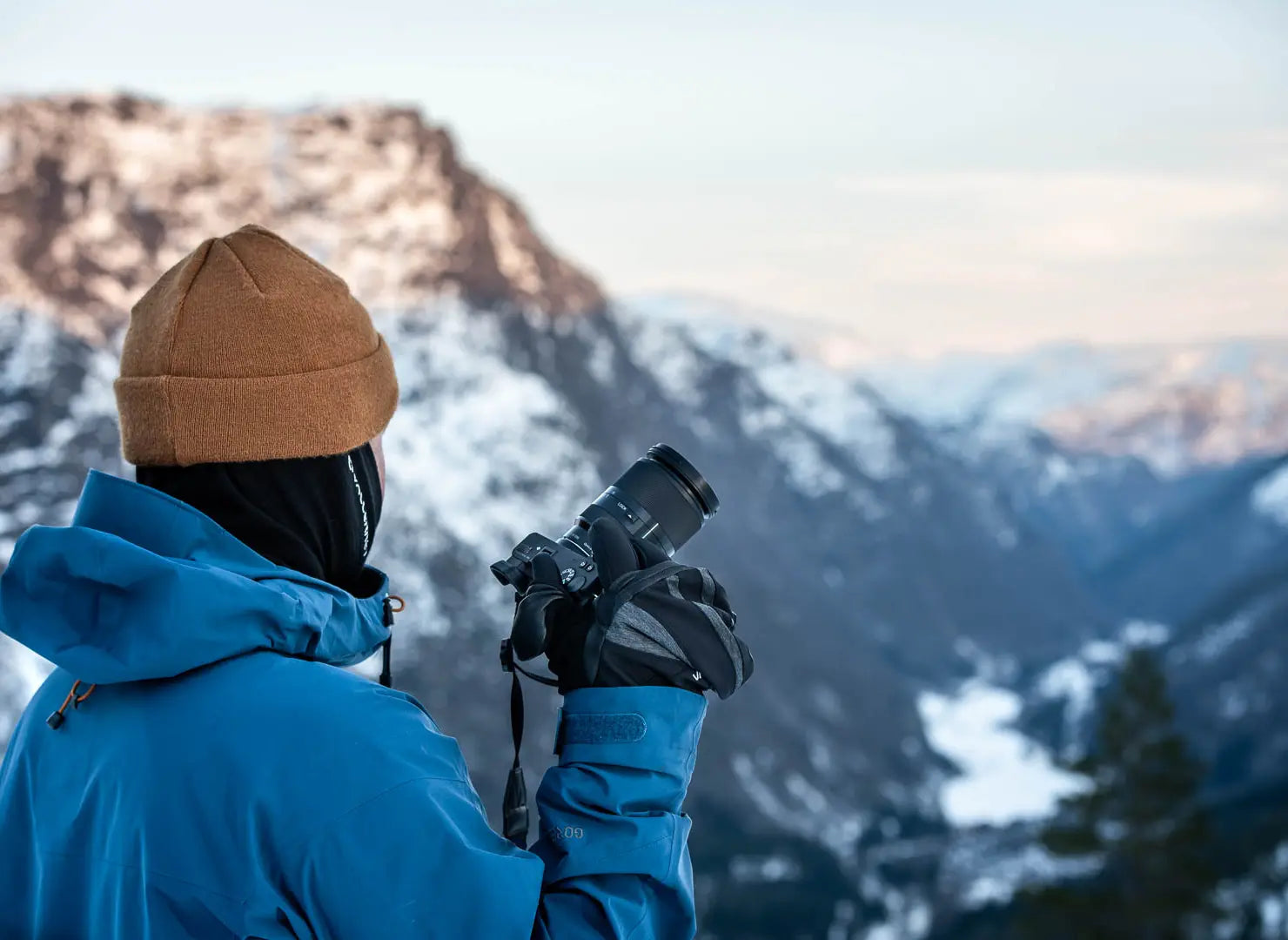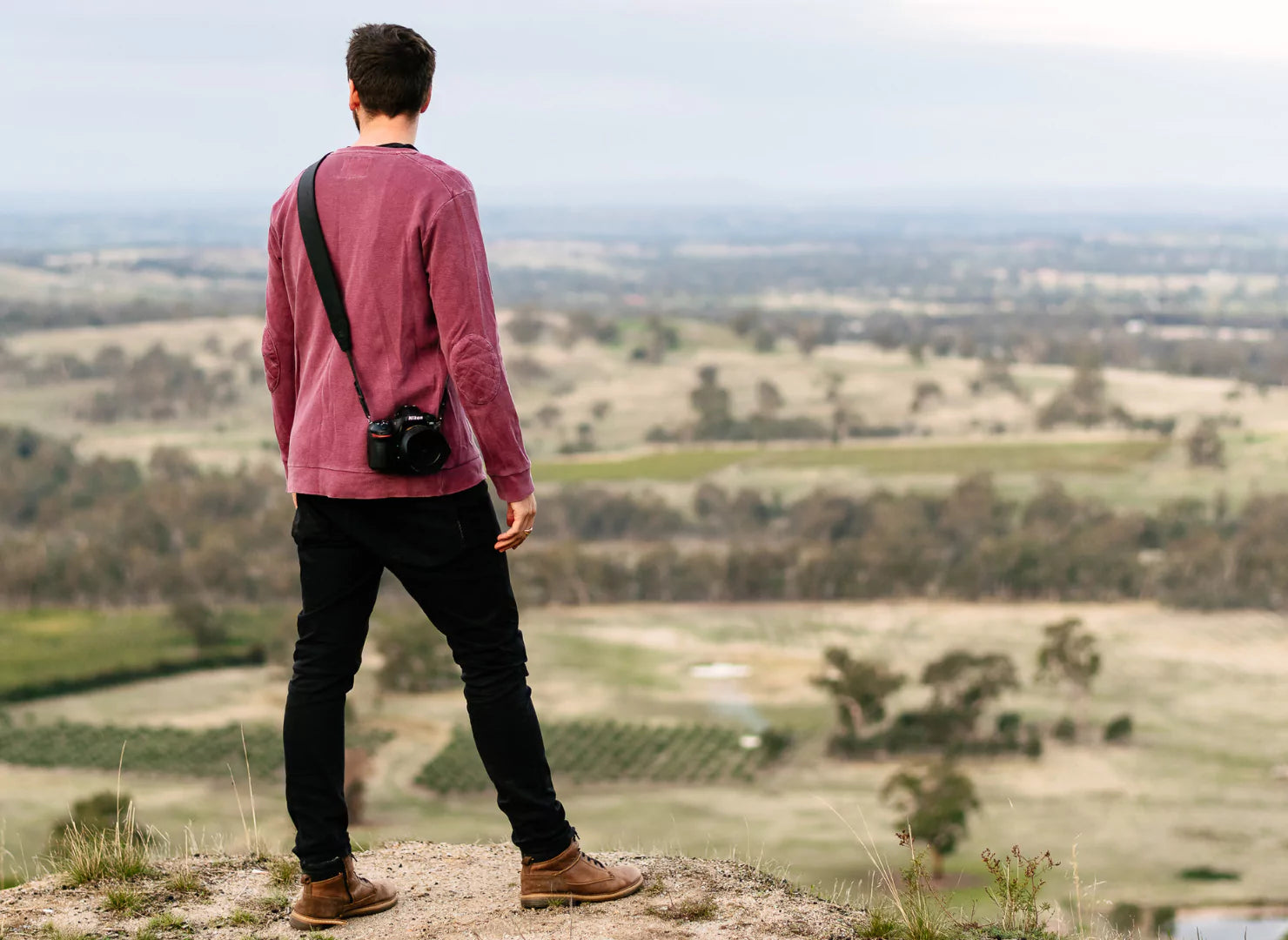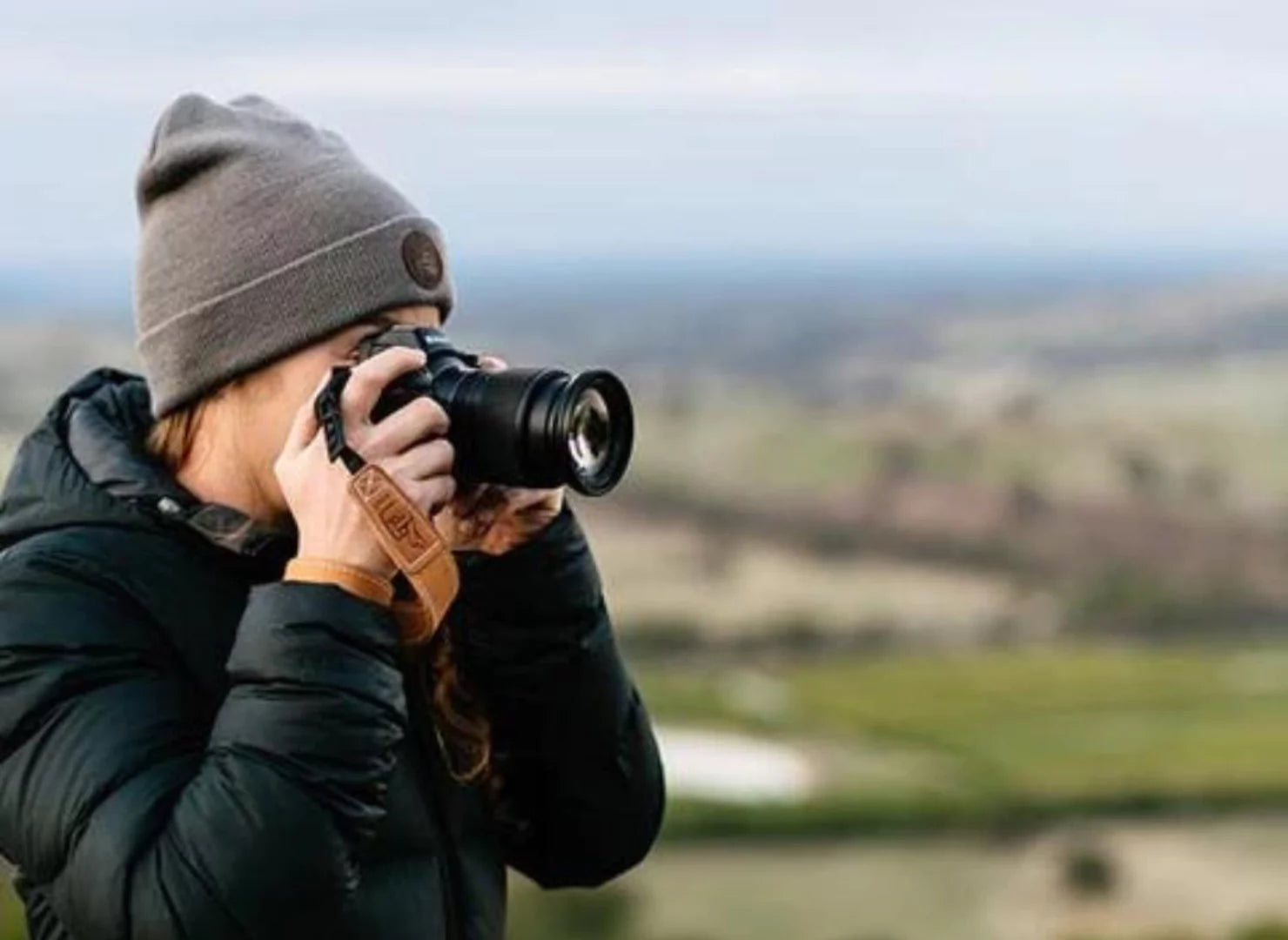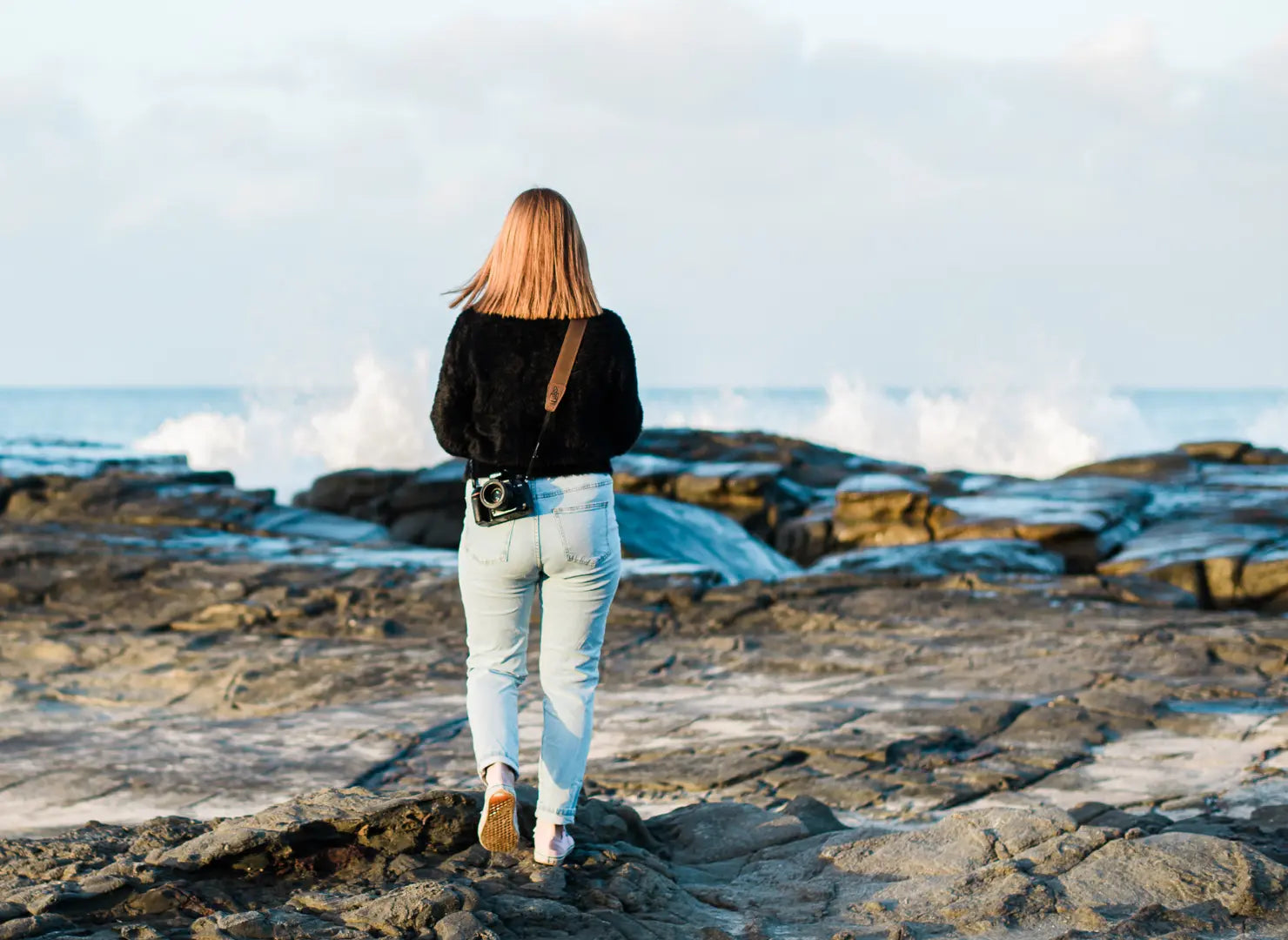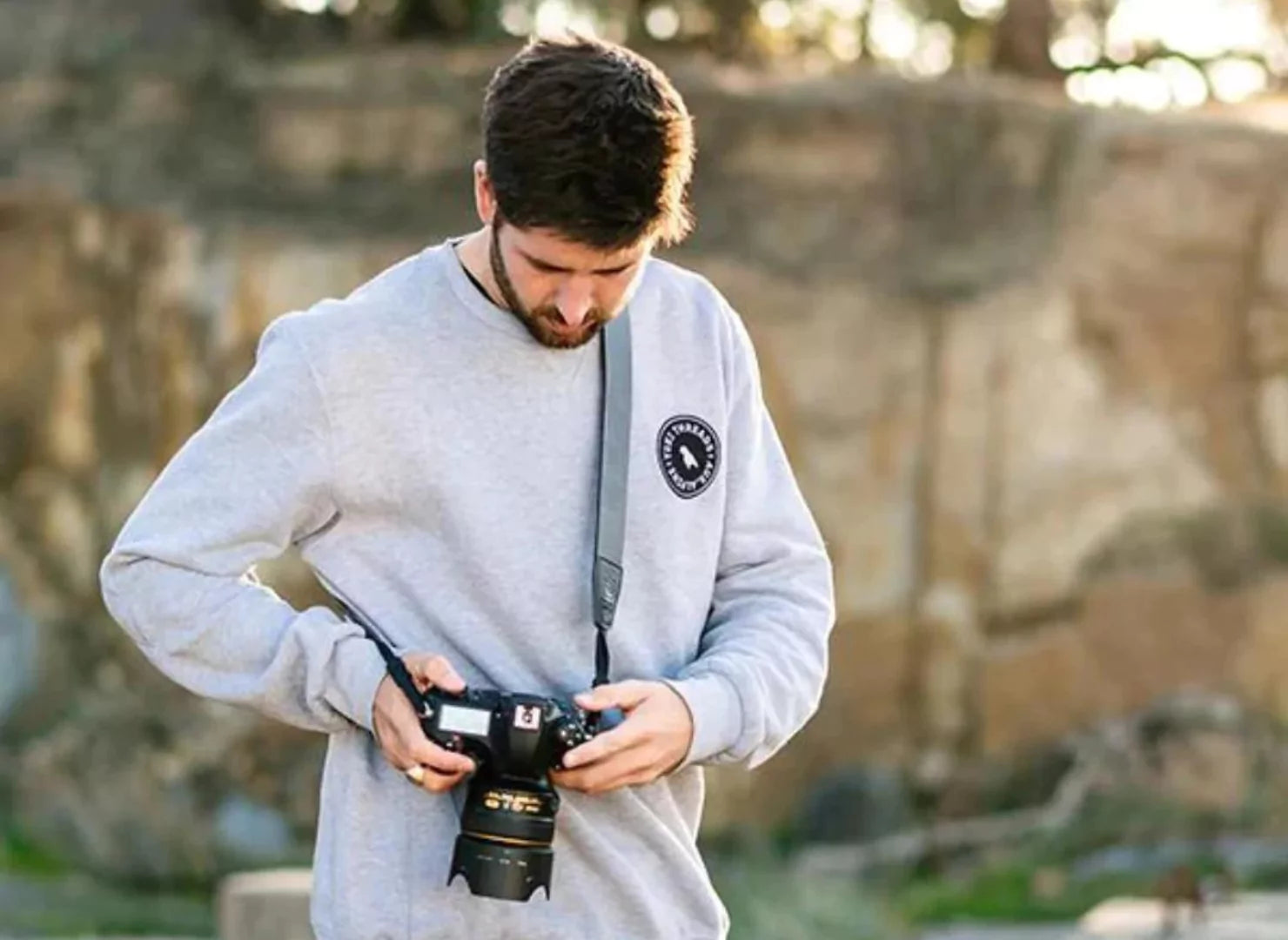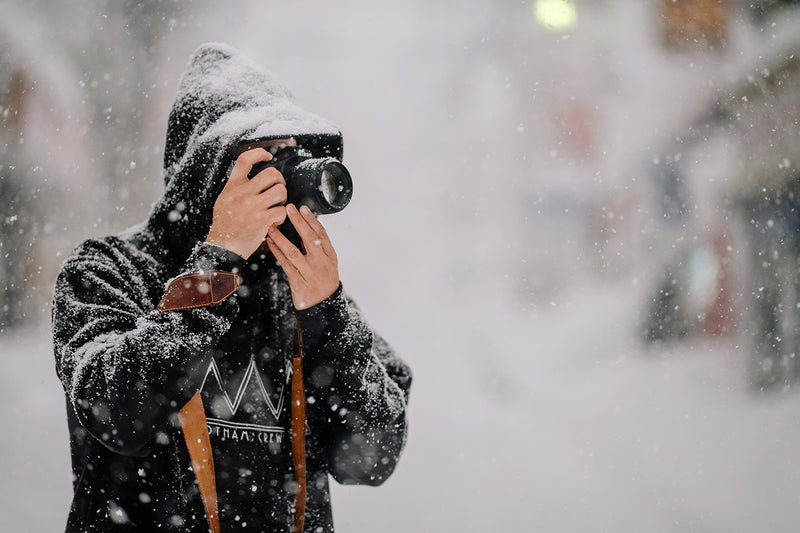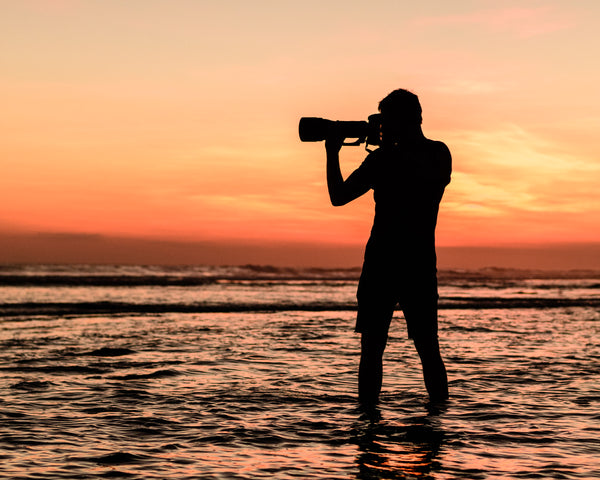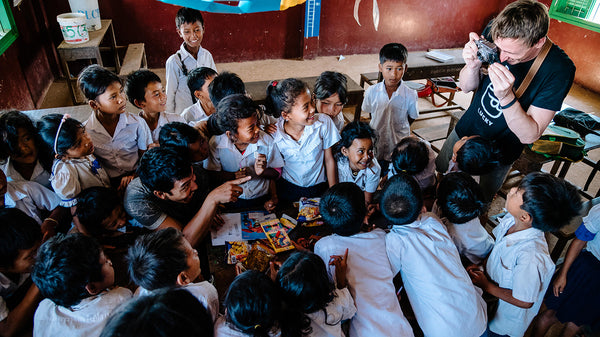If you are anything like me, you are itching to get out of lockdown and flee to a faraway destination. I make an annual photography trip to Japan, and I cannot wait for the borders to open again so I can pack my camera and spend time exploring Tokyo, Kyoto and Hiroshima. But even when travelling to a safe place like Japan, there are still some risks involved when travelling with camera gear.

These risks come in many forms and can include anything from pickpockets and lost luggage to your clumsiness, destroying a favourite lens. Fortunately, there are some straightforward ways to both make the most of your travels, your creative opportunities and keep your gear out of harm’s way.
How Do I Keep My Gear Safe On The Plane?
One of the most common questions I get from those about to travel with their camera gear is where to store it on the flight. I always carry my camera gear as a carry-on and if necessary pay a little more for extra carry-on luggage. My kit cost me a lot of money, and the thought of arriving at my destination with it broken or missing is daunting.
With it in a secure bag as carry-on, I can keep my eye on it and take personal responsibility for its transportation and storage.

In some scenarios, you pack far more gear than you can reasonably take as a carry-on. In those cases, I highly recommend getting an airport roller camera bag or even a hard case to store your gear under the plane.
Above all else, make sure that your gear is stored securely inside the bag or case. This way that it doesn’t rattle around during the flight. Above all else, check with the airline well in advance to learn their rules and expectations on transporting camera gear.
Keeping Your Camera Gear Safe From Theft
Like it or not, there are people out there who prey on tired and vulnerable travellers. Pickpockets and slash-and-grab thieves especially watch those carrying expensive camera gear. I have heard of situations where would-be-thieves have attempted slash and grabs from the back of a motorbike.

Before you even board your flight, you should do a little research on the safety considerations in the country you are visiting. A good rule of thumb is to treat your camera gear the same way you treat your wallet, purse and passport. Be aware of where they are at all times and keep them close to you.
We Are Our Own Worst Enemy When Travelling With Camera Gear
One of the most important lessons is to keep our gear safe from ourselves. When on holidays we pack our day bag full of snacks, drink bottles, suncream and a camera. But what is protecting your camera from being bumped around or getting fruit juice on it?
Carrying your gear in a dedicated camera bag is the logical solution. If you don’t want to carry a regular camera bag, consider picking up a padded camera insert. This way, you drop the insert into your everyday bag or tote, and the camera will sit snuggly inside.

Another way to travel safely with camera gear is to protect it from bumps even when it is in our hands. Regardless of having a camera on a neck or wrist strap, it is prone to be bumped around, especially if our journeys involve rough terrain.
If you are travelling with a single lens, the last thing you want is a scratched or cracked front lens element. It happens so quickly, and a simple solution is to drop an inexpensive UV filter on the front of the lens. Filters act as a buffer, plus they cost far less to replace than your best lens - especially whilst overseas.
Prepare For The Elements
Unpredictable weather can alter your travel plans as well as jeopardise the functionality of your gear. If the weather is too cold - like freezing cold on a ski holiday - cameras and lenses can freeze up.

At the other extreme, some cameras can overheat at the best of times but put them in stinking hot conditions, and you may find they stop working. Add to this snow, rain, dust, moisture from humidity and even sand trying to make its way to your image sensor and you have a tough time keeping it safe.
Always check the manufacturers operating temperature of your camera gear. Check if the camera and the lenses are weather-sealed and always pack a few of those moisture absorbing packets in your bag. Above all else, don’t punish your gear too much by testing how much it can take and keep it in suitable storage.
All Is Not Lost
At this point, you are probably feeling a little uneasy about travelling with your camera gear. Fear not as there is a lot of joy and reward from travelling with your camera. You have to play it safe in how you transport and use your gear while travelling. Rest assured that there are some straightforward ways to ensure that your camera gear is safe.
We have talked a little about transporting your gear while you are on your flights or a long road journey. But what about once you are out and about in a strange and foreign destination?
Bag It Up And Keep It Safe
When out and about, you should try to keep all of your gear in a secure and accessible camera bag. Always go for a single bag for everything you need on your daily journey. Having a backpack for your camera gear and then a bag for your personal effects results in your getting flustered and having too many things to keep an eye on.

For the sake of travelling in comfort, you want a bag that is built for travel while still being able to store your gear securely. Select a bag to suit the situation that you will be in - a sling for urban exploration and a backpack for action adventures. Some manufacturers make travel-specific camera bags that are weather-proof, have slash-proof straps and lockable zippers.
Use A Camera Strap To Keep It Close
The other way to securely carry your camera gear is with a camera strap. I am not talking about the flimsy one included with your new camera. I am talking about a quality camera strap that is robust, made from durable materials, is comfortable to use all day and will protect your gear from theft and damage.
I prefer to use a strap to carry my camera gear when on travels as I can have my camera at the ready at all times.

Regardless of using a wrist or shoulder strap, I always have one hand on the camera to ensure I always know where it is and to keep it close to my body. Plus, with a high-quality camera strap, you will carry a camera all day long without fatigue.
Lucky Straps is an Australian company that creates leather camera straps that are perfect from travelling. Lucky Straps are super comfortable and made from the finest of oiled pull-up fine leather available in a range of finishes. What’s more, the straps are available in different lengths and widths and include shoulder and wrist straps.

For optimal gear security, Lucky Straps use a patented slash-proof nylon webbing that will fit any style of camera. Plus, you can opt to have a strap with a unique quick-release mechanism allowing you to remove your camera from the strap only if you wish.
There is a lot of common sense that goes along with travelling with camera gear safely. But it also takes a little bit of savviness about how your transport, store and carry your gear. Keeping your camera gear safe results in your capturing memorable occasions each and every time.

